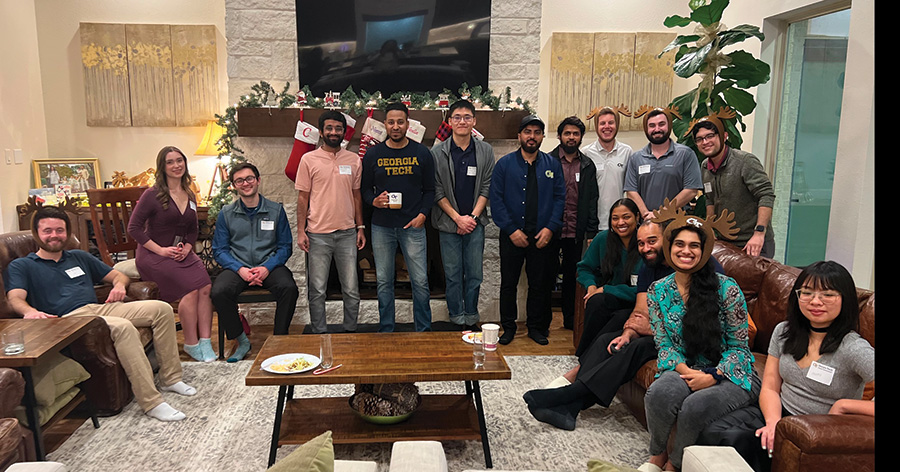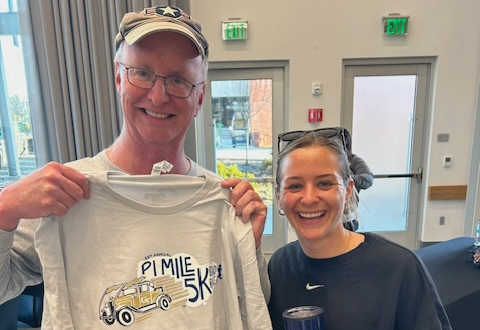F+, Room for Errors
By: Daniel P. Smith | Categories: Alumni Interest
It’s tough to live without experiencing failure.
Failure litters our personal histories, an ingredient naturally sprinkled into young lives aiming to become wise souls. It pops into our relationships and careers. It appears, sometimes unexpectedly, and halts progress, rattling self-confidence and inviting self-doubt.
At work and at home, unfair and unrealistic expectations can drive thoughts of failure, of not living up to the expectations—fair or not—others have of us. We feel the pressure, whether from bosses or partners or self-created, to forge ahead. Though defeat might seem inevitable, it’s possible the scoreboard isn’t as tilted as we imagine. Perseverance and hustle, after all, are worth a few points in the game of life.
Many times, we shield our failures from others, even those closest to us. A failure, we surmise, ignites questions about our credibility, our commitment, or our capacity. It makes us seem less than. Too often, it snowballs into additional defeats.Truth be told, though, failure can be our greatest ally. If we can overcome the inevitable struggles and adversity appearing in our lives, we can emerge stronger, tougher, and more prepared to confront life’s next hurdles. Failure, in fact, can be a gift—fuel to motivation, a learning experience to inform future movement, and a compass to a better life.
These Yellow Jackets encountered failure, often multiple times, and turned their struggle into success.
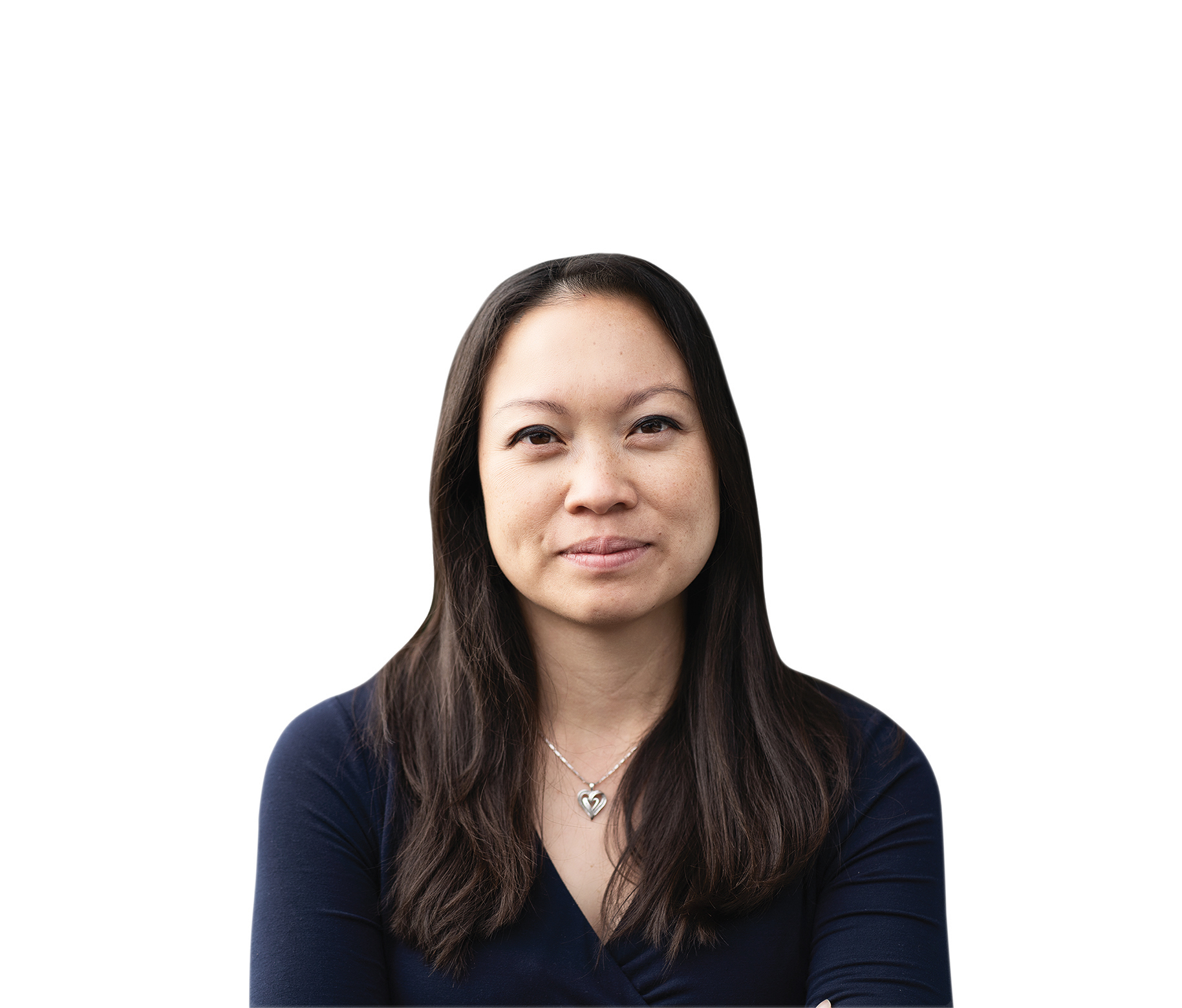 Kathy Pham, CS 07, MS CS 09, is senior advisor at Mozilla, a faculty member at Harvard University, and founding member of the U.S. Digital Service at the White House.
Kathy Pham, CS 07, MS CS 09, is senior advisor at Mozilla, a faculty member at Harvard University, and founding member of the U.S. Digital Service at the White House.
This is a story about the distortion of failure and success.It seemed I was at peak life—recently married and working at a big tech company in Silicon Valley.
News of my mother’s cancer diagnosis, however, rattled that life. As a child of Vietnamese refugee parents who sacrificed much for their kids, there was no question I would be there for my mom throughout her cancer journey. I accompanied her to every treatment and appointment possible, frequently flying between cities to be at her side.
Through abnormal hours and long nights, I worked from the hospital and a remote company office, addressing workplace tasks alongside drips of chemo cocktails and blood transfusions. I remained a productive, engaged employee, knowing I had colleagues counting on me. Despite my ability to work and remain supportive of my mother, I felt a double standard at my company. While management often encouraged employees to take breaks for yoga and rock-climbing, caring for an ill family member wasn’t viewed in such generous terms.
Throughout my career, I’ve watched caregivers overcompensate in their professional lives to prove to their companies and organizations they are just as committed and passionate as other employees.
In my case, I doubled down to excel at the company, all while continuing to be present and supportive for my mother. I stuck to my convictions and, as a result, learned even more about the professional I desired to be.
Later, as I reflected on failure in the workplace, I noticed so many perceived failures were not failures at all. Balancing work and caretaking, rather than being seen as a detriment or something that takes away from one’s effectiveness, shows strength and resilience. It’s a success, not a shortcoming.
Today, both in the teams I lead and in the classes I teach, I create conditions that challenge our culture and norms around “failure” in the workplace. My hope is that when a company pledges to support well-being, that commitment empowers us to become not only better employees, but also better parents, better children, and better versions of ourselves.
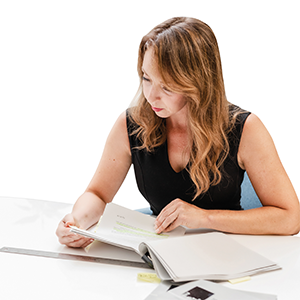 Lyndsey Deaton, Arch 07, is an assistant professor of architecture at Clemson University. She is also the cofounder of the International Development Collaborative, which plans, designs, constructs, and builds local capacity on culturally responsible and sustainable project solutions with low-resourced communities.
Lyndsey Deaton, Arch 07, is an assistant professor of architecture at Clemson University. She is also the cofounder of the International Development Collaborative, which plans, designs, constructs, and builds local capacity on culturally responsible and sustainable project solutions with low-resourced communities.
In 2014, I left my position with the Army Corps of Engineers after nearly six years, excited and energized to bring sustainable development to low-income communities around the globe. I sold my possessions, moved to rural Uganda, and accepted two no-fee projects to get my upstart consultancy going. I was the first in my family to attend college and a fan of practicality, and diving into entrepreneurship terrified me. Still, the potential impact I could have on people and the planet proved too enticing to ignore.
Arriving in Uganda, I tossed my bags stuffed with reference manuals and a solar-powered MacBook into a car. After driving six hours to a small town, I hopped on the back of a motorcycle for another hour-long ride. It was then, on a bumpy road through the Ugandan plains to a village without electricity or running water, I realized I was in way over my head.
In a part of the world where people made bricks in their backyards and framed their houses with trees cut from a local forest, my technical skills had little to no relevance. I knew nothing about culturally appropriate design and regional construction techniques—and that recognition generated panic and stress. How could I ever produce something meaningful for this community? I felt destined to fail. And in one sense, I did fail. My consultancy lasted all of three months before I returned to pursue my PhD in Architecture at the University of Oregon to learn the intricacies of working with underserved communities.
But for those three months in Uganda, I also thrived.
Desperate to offer something worthwhile, I listened to villagers and empowered them to be the designers. Leaning into the programming process and stressing relevant sustainable design strategies, I then played the role of technical facilitator. We developed a phased master plan and strategy for a 450-student, net-zero-energy primary and nursing school in the remote village of Nabikabala.
While my trip to Uganda led to a shuttered consultancy business, I found progress in other ways. In the midst of failure, I discovered validation, hope, and confirmation that I was on the right professional path.
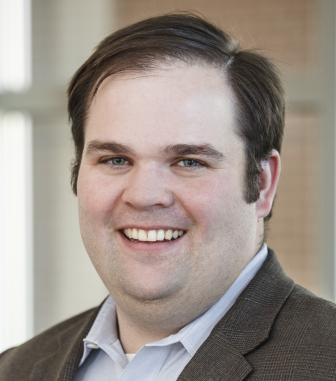 Christopher Hermann, BME 06, MS ME 11, PhD BioE 12, is the founder of Clean Hands–Safe Hands, a technology to combat infection spread in hospitals that he first began developing as a Georgia Tech graduate student alongside other collaborators. This past fall, Hermann “temporarily retired,” leaving the CEO post at Clean Hands–Safe Hands after a nine-year run.
Christopher Hermann, BME 06, MS ME 11, PhD BioE 12, is the founder of Clean Hands–Safe Hands, a technology to combat infection spread in hospitals that he first began developing as a Georgia Tech graduate student alongside other collaborators. This past fall, Hermann “temporarily retired,” leaving the CEO post at Clean Hands–Safe Hands after a nine-year run.
With Clean Hands–Safe Hands, failing—and failing fast—was absolutely central to the development of the technology and, later, the business. In fact, if we didn’t fail, we never would have succeeded.
Over seven years, we tested hundreds of prototypes with frontline clinicians. In its own way, each was a failure—and our first prototype spectacularly so. Yet we worked arm-in-arm with clinicians, incorporated new technologies, and examined new approaches to drive improvements. It was an exhaustive process, and at times, I wondered if we would ever unlock the code.
We persevered by looking at each failure as a learning opportunity. Eventually, we landed on technology that was both well received by staff and produced repeatable reductions in infections. When hospitals used our technology and followed our data path, we saw an average 65% reduction in hospital infections. We solved a problem that’s been plaguing healthcare for centuries.
Having a credible solution was only the first step. Next, we had to sell it. We created a sales team with over 100 years of collective healthcare sales experience. Excited and optimistic, we went to market relying on a familiar formula for healthcare sales.
And it bombed. After all, hospitals evolve, markets move, and technologies shift. We were within two weeks of running out of cash and shutting our doors. We considered throwing up our hands and acknowledging defeat, but, really, that wasn’t in our DNA. We had persevered before and we could do it again.
We embraced the spirit of experimentation and learning, applying a process that worked on the technical side to our sales and marketing. We tested A-B models. We analyzed results, accepted feedback, and forged ahead. Within six months, we grew over 1,000 percent. We became right by becoming wrong fast enough.
Today, Clean Hands–Safe Hands is a profitable, sustainable business and the dominant player in its category. Each year, the technology saves more than 500 lives.
Failure was a near-constant companion on our journey, present through seven years of product development and into our days as a fledgling startup. Every misstep informed and motivated the next. Every failure brought us closer to success. By constantly being wrong, we actually thrived.
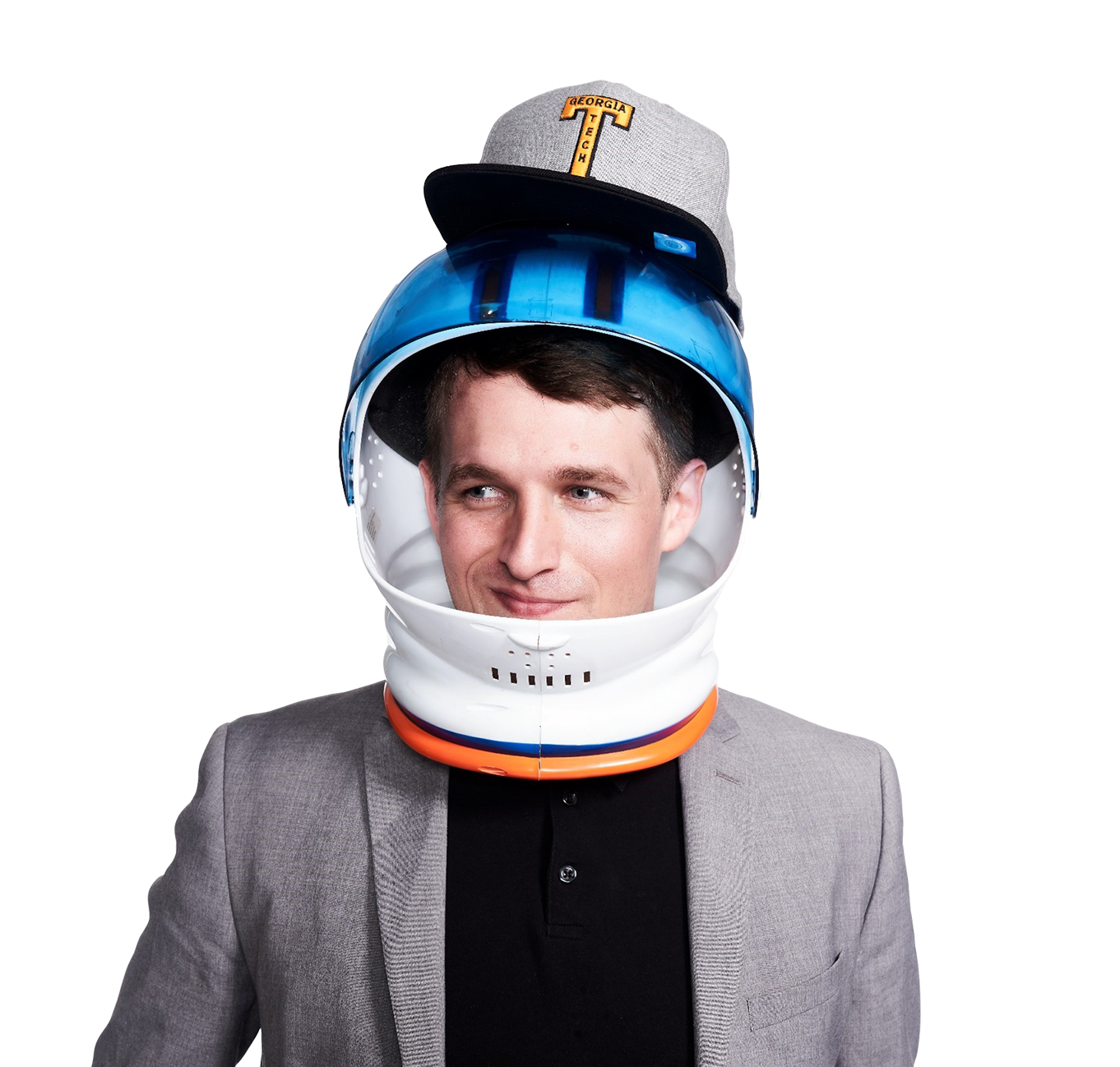 Kenneth Smith, MS AE 18, Forbes’ 30 Under 30 honoree in Science, has held various positions with NASA working on projects to bring humans to the moon and next-generation spacecraft. As Ksmooth The Engineering Dude, the Ohio native also provides STEM demonstrations to elementary and high school students.
Kenneth Smith, MS AE 18, Forbes’ 30 Under 30 honoree in Science, has held various positions with NASA working on projects to bring humans to the moon and next-generation spacecraft. As Ksmooth The Engineering Dude, the Ohio native also provides STEM demonstrations to elementary and high school students.
Fifteen years ago, I never could have imagined where I am today.
In 2007, I began college as a biochemistry major at The Ohio State University. After my father lost his job that December, I transferred to Kent State at the end of the academic year to be closer to home and to help with finances. Between school and working 40 to 60 hours per week at a labeling factory, I couldn’t handle the workload. I dropped out after a semester to focus solely on work, which included additional gigs in landscaping and at Arby’s.
Though I stepped up and did what I had to do for my family, I felt like I was just existing, directionless and without purpose. It felt like failure.
About six months after leaving school, a friend encouraged me to volunteer at the Great Lakes Science Center in Cleveland. It seemed like a fun opportunity; it turned out to be life-changing. I fell in love with aerospace engineering and outreach. Space had always fascinated me but never popped up on my academic radar. Now, it was there, like a career bull’s-eye, and a target I never would have recognized if not for leaving Ohio State.
When my father resumed working, he pushed me to return to school immediately. I enrolled at The University of Akron to get an aerospace engineering degree. With a newfound purpose, I aced my classes, started the Akronauts Rocket Design Team, led educational outreach, interned multiple times at NASA, and published three papers. I applied to three aerospace engineering graduate programs, including Georgia Tech, convinced I had done everything right. All three rejected me.
As I saw it, the rejections left me with two options: to retreat or go all in. I decided to go all in, confident I could overcome this latest setback.
I worked as an engineer at Ohio’s NASA Glenn Research Center and also spent four months at SpaceX. I was determined to prove I belonged at a top graduate program, where I could surround myself with smart people and use them to drive me. I was admitted to Tech through the online program initially before finishing my master’s degree on campus. After working in Russia and at NASA Johnson, I returned to Tech last spring to complete my PhD.
The struggles I faced as a college dropout were critical. They allowed me to reflect and discover my passions. Fifteen years ago, I didn’t see this path, but defeat provided clarity, drive, and purpose.
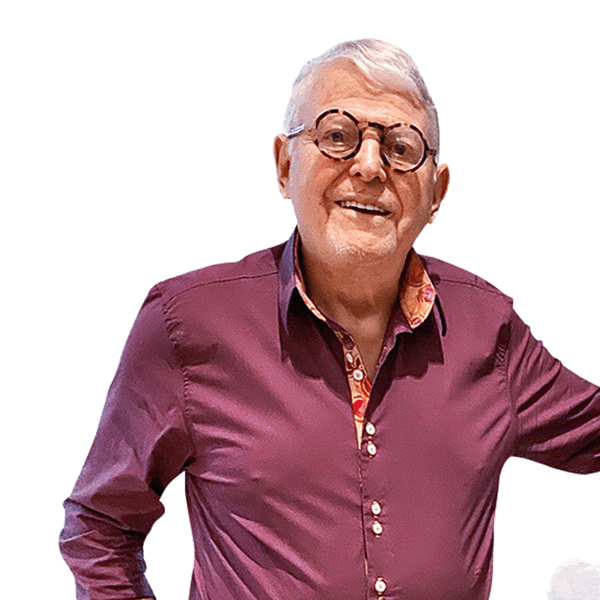 Michael E. Tennenbaum, IE 58, hon Phd 16, is the founder of Caribbean Capital & Consultancy Corp. and the visionary philanthropist behind the Tennenbaum Institute at Georgia Tech. In his debut book, RISK: Living on the Edge, Tennenbaum explores the successful application of risk-taking to one’s business and personal life.
Michael E. Tennenbaum, IE 58, hon Phd 16, is the founder of Caribbean Capital & Consultancy Corp. and the visionary philanthropist behind the Tennenbaum Institute at Georgia Tech. In his debut book, RISK: Living on the Edge, Tennenbaum explores the successful application of risk-taking to one’s business and personal life.
In 1962, at the age of 27 with a negative net worth, a wife, and young child, I rushed to Wall Street. A poor, small-town boy, I arrived with big dreams, which were a fit for the big stock speculation frenzy then starting. Six years later, I was a multimillionaire; and I thought this was normal.
Within a year, I had lost most of my wealth.
Instead of being the genius I considered myself, I discovered I was a child of my time and had had the wind at my back. Alongside the financial losses, my sense of potency evaporated, and self-doubt and frustration gripped my mind. I considered quitting my career, but an ex-professor deterred me.
“You’ll always wonder if you would’ve eventually succeeded,” he advised.
I became determined to temper fearlessness with discipline and to build the emotional capacity to deal with losses and mistakes as just part of an aggressive temperament.
I adjusted my activities to seek big profits with limited risk. I absorbed the realities of the market, understanding that the economic and investment context of the time is the major factor determining investment results. When I found investments meeting my criteria, I moved forward, consistently analyzing information and exercising patience. I committed myself to being objective in accepting risk, and enduring losses as part of the life I would lead. This mindset served me well for the rest of my life.
Despite embracing risk-taking throughout my career, I hate losses and I don’t recommend anyone try to experience failure; the angst and anxiety it delivers is painful. But mere mortals cannot live a life of risk-taking without suffering losses. Learning to cope with failure contributes to one’s development and ultimate success.
I learned to accept losses as a by-product of risks I ran in my drive to succeed. Experience is what you get right after you needed it. As my main mentor told me, “If you’re not having some losses, you aren’t trying hard enough.”
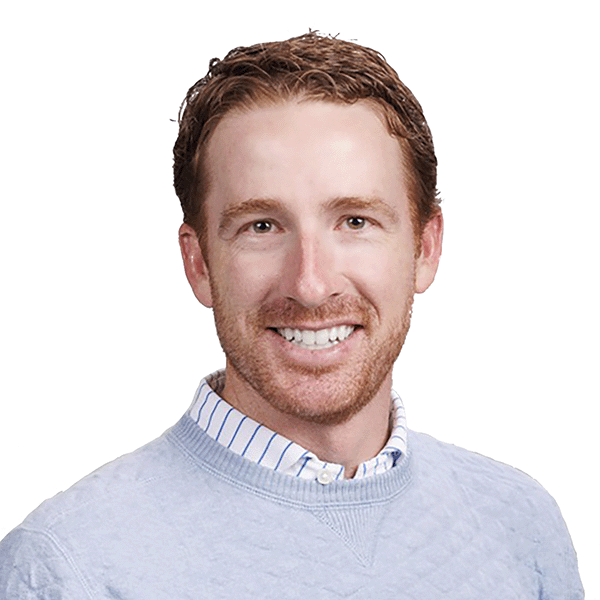 Roberto Castro, IE 07, Following a decorated collegiate career at Georgia Tech, spent nearly a decade on the PGA Tour (2012–2021) and recorded 43 top-25 finishes. Recently retired from professional golf, the Houston native works as a director at CapTech Consulting, where he focuses on business development and supports clients in the firm’s Sports practice.
Roberto Castro, IE 07, Following a decorated collegiate career at Georgia Tech, spent nearly a decade on the PGA Tour (2012–2021) and recorded 43 top-25 finishes. Recently retired from professional golf, the Houston native works as a director at CapTech Consulting, where he focuses on business development and supports clients in the firm’s Sports practice.
It took me five years to earn a spot on the PGA Tour, and that road, like the game of golf itself, was filled with highs and lows. Once I finally made it as a card-carrying member of the PGA Tour, I hoped to be there long-term.
In 2016, I reset my mindset to focus entirely on winning golf tournaments. All my practice and preparation was geared toward playing great and giving myself chances to win. At the BMW Championship that September, I played near-perfect golf for four days, and I led after the first and second rounds. In the end, I finished third, six strokes behind winner Dustin Johnson.
In one sense, the BMW tournament was a complete success—my highest finish ever at a top-tier PGA Tour event. In another sense, though, it seemed like a failure. I played as well as I could and still lost. I wondered if I might ever win, especially with a new generation of super-talented players charging behind me. I felt like a BlackBerry in an iPhone world—good, but not good enough to compete with the new generation.
The BMW led me to a personal reset. I asked myself if I was focusing my efforts on the right problem. Over the next couple of years, I embraced a process of redefining success for myself, and setting clear objectives and standards for where I was heading. I made the decision to live intentionally and take my next steps with purpose and clarity.
In 2021, I retired from professional golf at age 35. It was time to write a new chapter.
Had I not ventured down this road of self-reflection beginning in 2016, I fear I would have languished in a middle ground. Was hanging on to the Tour for another few years what I really wanted? With two young children at home, was that the best path to reaching my long-term professional and personal goals?
Failing to win the BMW Championship served as a catalyst to determining success on my terms and building the life I wanted. In losing, it turns out, I actually found the path to winning.
